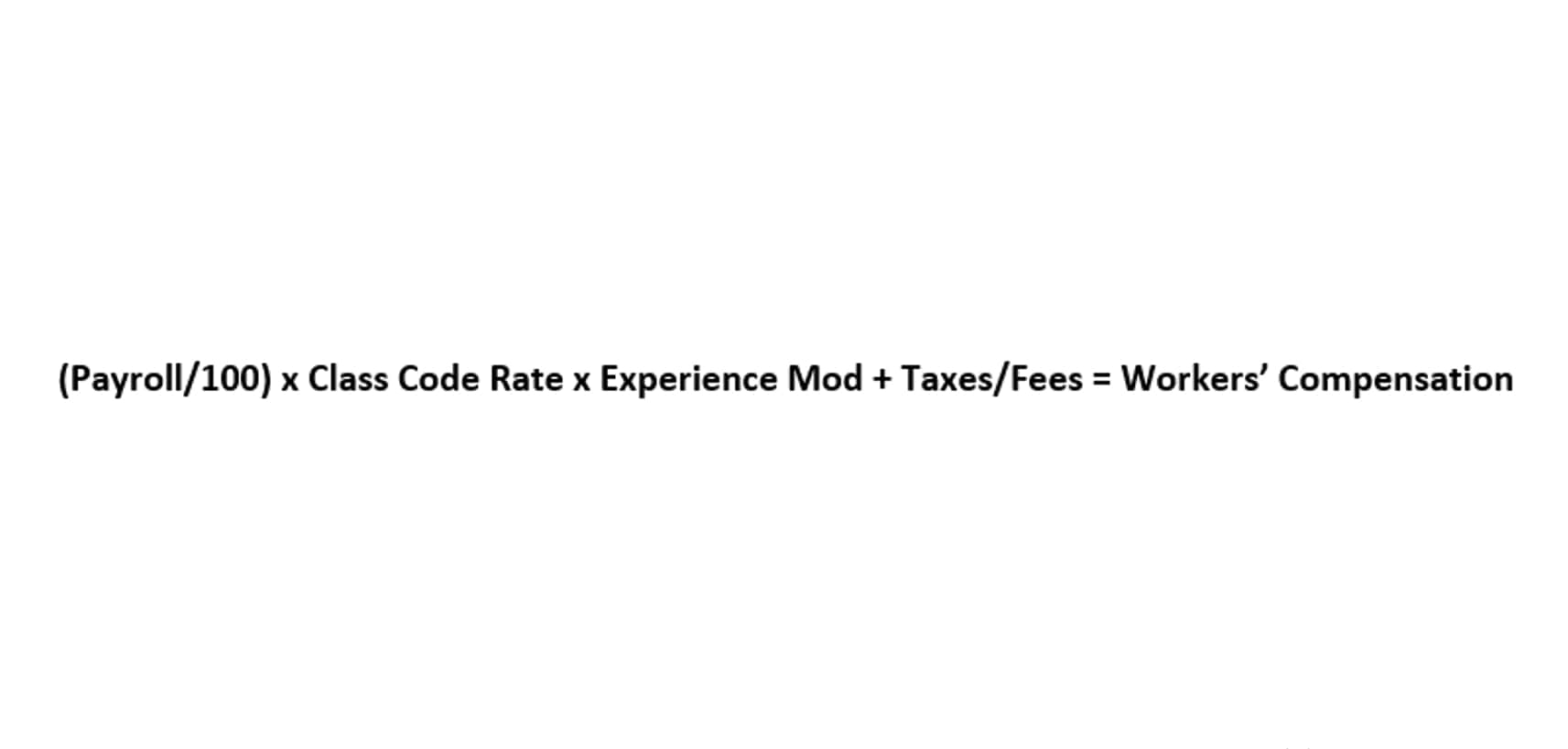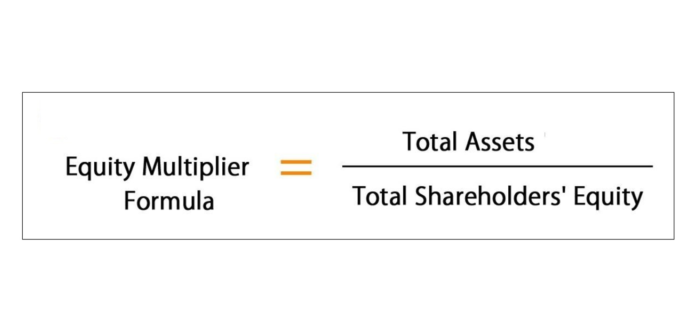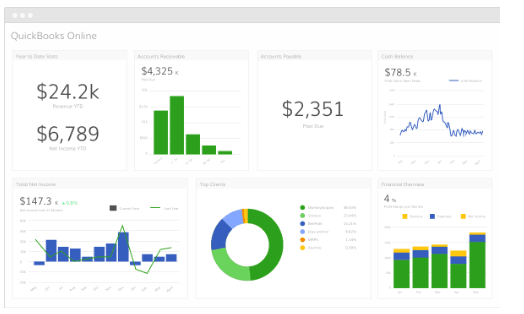

Two main buckets of expenses that businesses track are operating costs, which are the daily costs of producing goods and running the business, and non-operating costs, such as paying interest on a loan. These costs are recorded separately in the company’s accounting, allowing the business to determine which expenses are necessary to generate revenue and to operate more efficiently. Operating costs do not include non-operating expenses necessary for financing a business, such as currency translation fees, interest on debt, or trial balance investments.
According to payback method, machine Y is more desirable than machine X because it has a shorter payback period than machine X. According to payback method, the equipment should be purchased because the payback period of the equipment is 2.5 years which is shorter than the maximum desired payback period of 4 years. Machine X would cost $25,000 and would have a useful life of 10 years with zero salvage value.
Understanding period costs is important for wise decision-making and financial management as a business owner. This article offers valuable information on the importance and effect of period costs on your overall financial business strategy. Read further to period costs understand Period Costs, the factors surrounding their meaning, different types, advantages, and examples.

In addition to being qualified professionals with fluent English and located in a similar time zone, Latin American talent is eager for salaries in stronger currencies compared to their local currencies. In the current economic context of the main talent sources, currency exchange rates against the dollar only reinforce this trend. We’re a headhunter agency that connects US businesses with elite LATAM professionals who integrate seamlessly as remote team members — aligned to US time zones, cutting overhead by 70%. Period costs are of no less help, as they allow you to understand how well you’re running your business.

Forinstance, if you are in month 4 of a project, you would calculate thepoint-in-time cost variance of that period by using the actual cost (AC) andearned value (EV) of the 4th month only. You probably came across the cost variance (CV) when you had been reading about earned value management and variance analysis. Whether you are controlling the cost of your project or preparing for the PMP exam – being familiar with the CV is essential to master project cost management. Businesses must balance keeping their operating costs low while allowing it to grow and increase sales.

Period costs take from the revenue of a company during that accounting period and thus will have an impact on the net income for that period. Period costs are only reported on the income statement for the period in which they are used up or incurred. So, it is only for that accounting period that period costs will reduce the net income. This can affect reported income, especially when Catch Up Bookkeeping production levels fluctuate. In other words, period costs are expenses that are not linked to the production process of a company but rather are expenses incurred over time.
So, as they don’t influence inventory valuation, period costs don’t create confusion about the value of unsold goods. Fixed costs remain constant for a given tenure, irrespective of the level of output. Generally, fixed cost consists of fixed production overhead and Administration Overhead. The fixed cost per unit of output will vary inversely with changes in output level. Fixed cost is treated as a time cost and charged to the Profit and Loss Account. There is no fixed approach to identifying the period expense in all the particulars.
© Copyright. Tutti i diritti riservati.